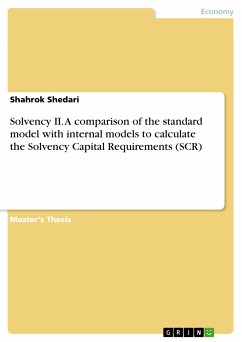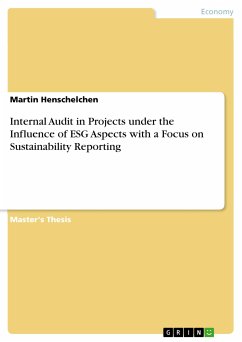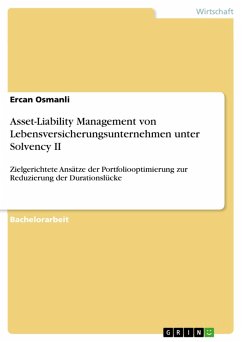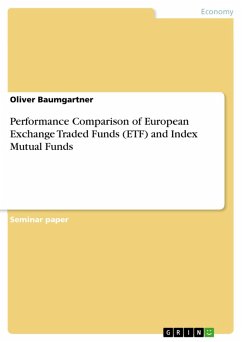Master's Thesis from the year 2015 in the subject Business economics - Banking, Stock Exchanges, Insurance, Accounting, grade: -, University of Frankfurt (Main), language: English, abstract: The Solvency II Directive, which will come into effect from January 2016, is a very important project of the European insurance industry. It will set new rules to the European insurance business. Because of being the biggest insurance market of the world - European insurers generate more than EUR 1,100 bn p.a. and invest around EUR 8,600 bn in the economy - the new directive will also act as a signal for the worldwide regulation of insurance companies. So it is also intended to have a framework, which is in line with the international developments in solvency, risk management, supervisory and accounting. After 15 years of planning and development the regulation is now implemented step-by-step. The aim of the EU Solvency II Directive is to prevent insurers from becoming insolvent. For this purpose, among other things, a uniform capital adequacy for all European insurance companies is provided. Core of the proposed amendments with respect to the investment is that eligible capital at any time must be higher than the calculated risk. One of the main parts of the Solvency II project is the determination of the capital requirements. The idea is to asses both the assets and the liabilities with the aim of a more realistic modelling and assessments of the risk to which an insurer may be exposed to. The solvency capital requirements (SCR) for an one year horizon is then calculated on the 99.5% Value-at-Risk. The determined SCR answers the question how much capital is required today to cover losses, which may occur during the next 12 months, with a probability of 99.5%. For the calculation of the SCR the insurer can choose between standard model, internal models or a hybrid model. Since internal models allow a better assessment of the companies risk than the standard model, insurers are encouraged to implement such stochastic internal models. But the implementation of internal model is as well costly as sophisticated. That is why the European Commission with support of the Committee of Insurance and Occupational Pension Supervisors (CEIOPS) has established a scenario based standard model. The standard model defines in a first step different sub modules (e.g. market risk, operational risk) for which the capital requirements are calculated. The different SCR's are "then aggregated under the assumption of a multivariate normal distribution with prespecified correlation matrices to allow for diversification effects". [...]
Dieser Download kann aus rechtlichen Gründen nur mit Rechnungsadresse in A, B, BG, CY, CZ, D, DK, EW, E, FIN, F, GR, HR, H, IRL, I, LT, L, LR, M, NL, PL, P, R, S, SLO, SK ausgeliefert werden.









